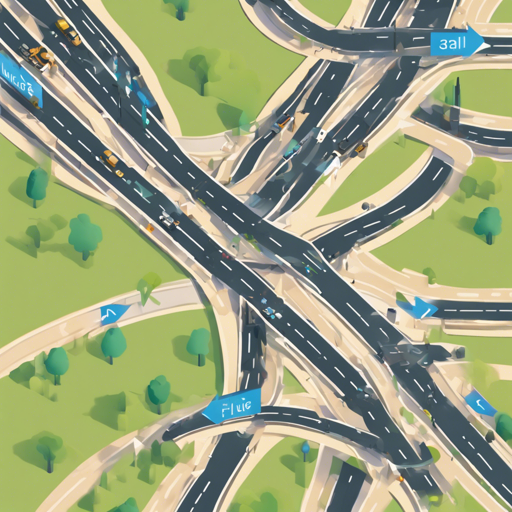Are you looking to simplify navigation in your Flutter app? Meet AutoRoute, a powerful navigation package that streamlines deep-linking, argument passing, and route management with minimal boilerplate code. In this guide, we’ll walk you through the installation, setup, usage, and some advanced navigational techniques with AutoRoute, all while ensuring you understand every concept like it’s a stroll in the park!
Installation
To get started, add the AutoRoute package to your dependencies. Open your pubspec.yaml file and add the following lines:
dependencies:
auto_route: [latest-version]
dev_dependencies:
auto_route_generator: [latest-version]
build_runner:Setup and Usage
Let’s set up our routing system by creating an AppRouter class:
@AutoRouterConfig()
class AppRouter extends RootStackRouter {
@override
List get routes => [
// Define your routes here
];
} Using Part Builder
To generate a part-file for routing, just add a part directive to your AppRouter:
part 'app_router.gr.dart';Generating Routable Pages
Define routable pages as simple widgets and annotate them with @RoutePage(). For example:
@RoutePage()
class HomeScreen extends StatelessWidget {
// Home screen implementation
}Running the Generator
Once your setup is complete, run the generator using:
dart run build_runner watchThis command watches for changes and regenerates your routes automatically.
Generated Routes
Every route you define creates a corresponding PageRouteInfo. For instance:
class BookListRoute extends PageRouteInfo {
const BookListRoute({List? children}) : super(name, initialChildren: children);
static const String name = 'BookListRoute';
static const PageInfo page = PageInfo(name, builder: (...));
} You can think of each route object as a well-labeled box, where you can neatly store all arguments needed for a specific widget — giving you the ability to transport specific data seamlessly between your screens.
Navigating Between Screens
With AutoRoute, navigating between screens is a breeze. Here are some basic navigation techniques:
router.push(const BookListRoute());
router.navigate(const BookDetailsRoute(id: 1));
router.back();Troubleshooting
If you encounter issues along the way, here are some troubleshooting ideas:
- Check for unresolved dependencies in your
pubspec.yaml. - Ensure that code generation has successfully completed without errors.
- Confirm that your routes are defined correctly and that the build runner is watching for changes.
- Make sure you are not nesting routers incorrectly, as it can cause routing issues.
For more insights, updates, or to collaborate on AI development projects, stay connected with fxis.ai.
Conclusion
AutoRoute is all about making Flutter navigation easy and effective. With just a few steps, you can significantly optimize your app’s routing system. Remember, practice makes perfect, so don’t hesitate to experiment with deeper navigation techniques listed in the documentation!
At fxis.ai, we believe that such advancements are crucial for the future of AI, as they enable more comprehensive and effective solutions. Our team is continually exploring new methodologies to push the envelope in artificial intelligence, ensuring that our clients benefit from the latest technological innovations.

